
Fifth freedom flights offer travelers a unique opportunity to fly between two countries on an airline that isn’t based in either. Carriers like Emirates (EK) and Singapore Airlines (SQ) operate notable fifth freedom routes through major international hubs such as Milan (MXP) and Frankfurt (FRA).
These flights combine operational strategy with market demand, creating competitive pricing and superior passenger experiences. From a better inflight product to increased award availability, fifth freedom flights remain a favorite for frequent flyers and aviation enthusiasts alike.
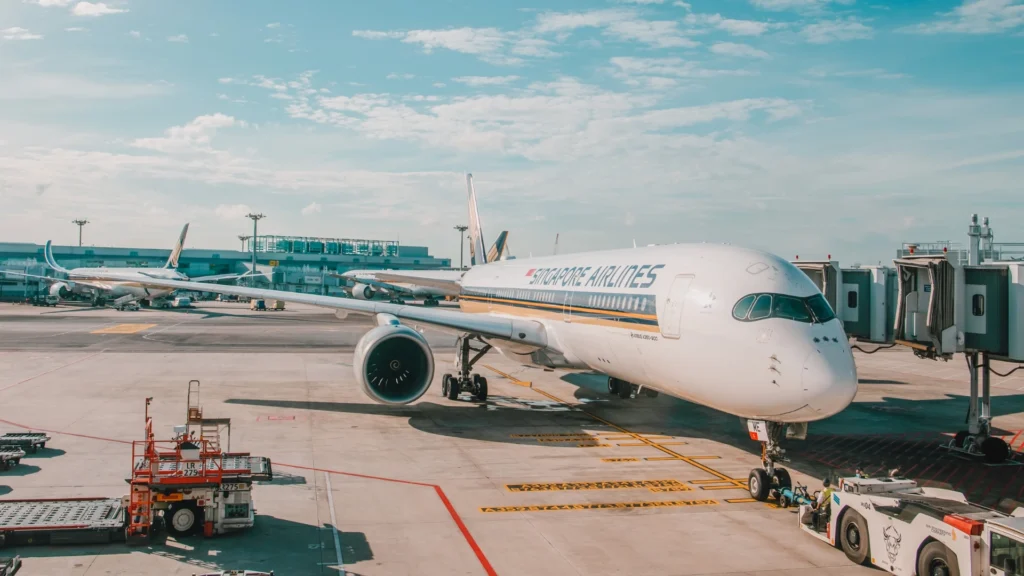 Photo: Singapore Changi Airport
Photo: Singapore Changi AirportFifth Freedom Flights
A fifth freedom flight is a commercial aviation right allowing an airline to carry revenue traffic between two foreign countries as part of a service that originates or ends in the airline’s home country.
For instance, Emirates (EK) operates a route from Dubai (DXB) to Milan (MXP) to New York (JFK). The segment between Milan and New York is a fifth freedom flight—Emirates, a UAE-based airline, sells tickets on this non-UAE leg.
These rights are governed by international air service agreements between nations and are not granted by default.
Airlines must negotiate access through treaties or bilateral pacts, often facing resistance from national carriers who view foreign entrants as competition, OMAAT flagged.
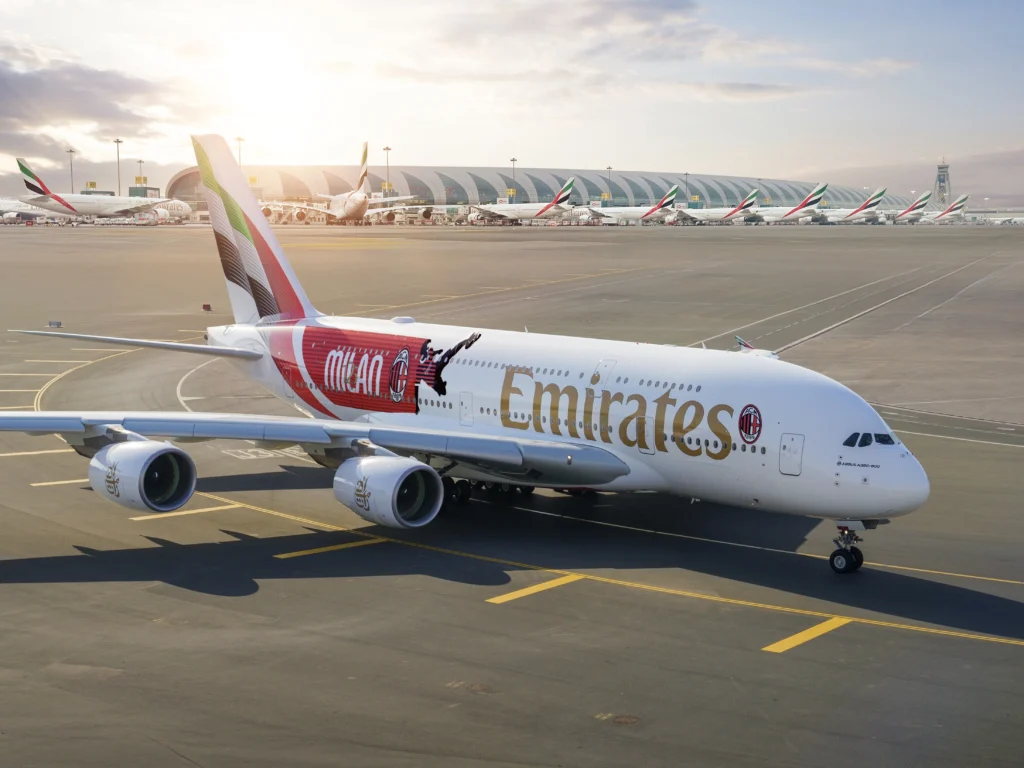 Photo: Emirates
Photo: EmiratesWhy Airlines Operate Fifth Freedom Routes
Airlines pursue fifth freedom rights for several core reasons:
1. Operational Necessity Due to Distance or Performance Constraints
High-altitude airports or aircraft range limitations can make direct flights impractical. A notable example is Emirates’ flight from Mexico City (MEX) to Barcelona (BCN) to Dubai (DXB).
Due to Mexico City’s altitude, a fully loaded aircraft cannot make the nonstop journey. The Barcelona stop both enables the route and opens a new market segment.
2. Profit Potential from Secondary Markets
Even when nonstop routes exist, airlines may operate fifth freedom segments to tap into lucrative demand. Emirates’ Milan (MXP)–New York (JFK) flight complements its nonstop Dubai–New York service, leveraging high traffic volumes on both legs.
3. Supplemental Access to Low-Demand Destinations
Some destinations lack sufficient demand for direct flights. Airlines like SWISS (LX) bridge these gaps—for example, by operating Zurich (ZRH) to Sao Paulo (GRU) to Buenos Aires (EZE).
The GRU–EZE leg enables broader South American service without launching a standalone route.
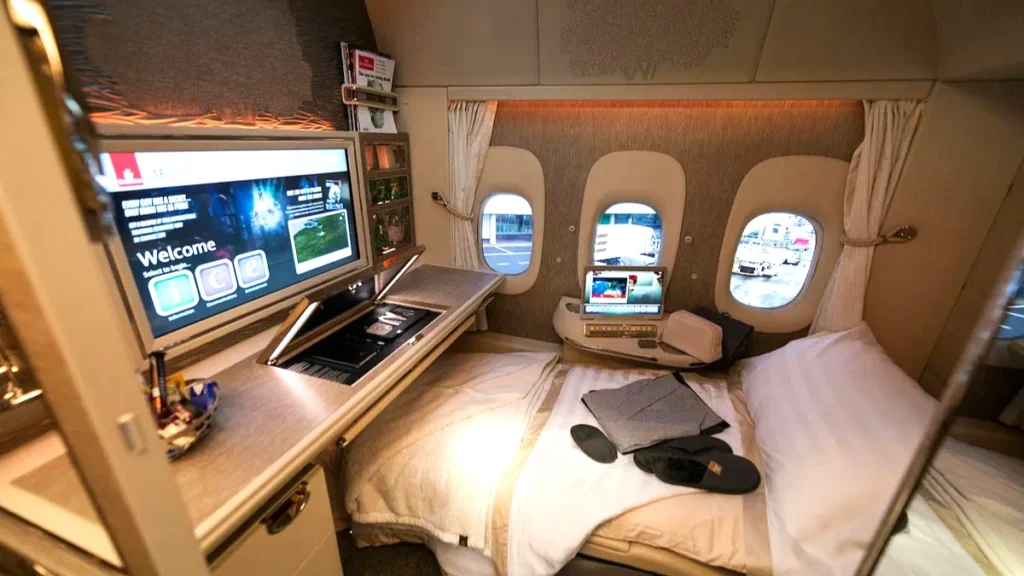 Photo: Emirates
Photo: EmiratesPassengers Benefit
Travelers have strong reasons to seek out fifth freedom flights:
- Better Value: Foreign airlines entering competitive markets often price more aggressively than local carriers. For example, Gulf Air (GF) may offer lower fares between Singapore (SIN) and Bangkok (BKK) than regional competitors.
- Superior Aircraft and Cabins: These flights are usually operated with widebody aircraft offering long-haul cabins. Singapore Airlines (SQ) uses an Airbus A350 on its Milan (MXP)–Barcelona (BCN) route—far superior to standard intra-Europe configurations.
- Increased Award Availability: Fifth freedom flights may have less demand from local frequent flyer bases, making it easier to book premium seats using miles.
 Singapore Airlines Boeing 777-300ER First Class | Photo: Daniel Gillaspia
Singapore Airlines Boeing 777-300ER First Class | Photo: Daniel GillaspiaCommon Fifth Freedom Routes
Current examples include:
- Emirates (EK):
- New York (JFK) – Milan (MXP)
- Newark (EWR) – Athens (ATH)
- Miami (MIA) – Bogotá (BOG)
- Singapore Airlines (SQ):
- New York (JFK) – Frankfurt (FRA)
- Los Angeles (LAX) – Tokyo Narita (NRT)
- Ethiopian Airlines (ET):
- Newark (EWR) – Lomé (LFW)
- Washington Dulles (IAD) – Lomé (LFW)
- Qantas (QF):
- New York (JFK) – Auckland (AKL)
These flights enhance route connectivity while offering passengers competitive alternatives to US-based carriers.
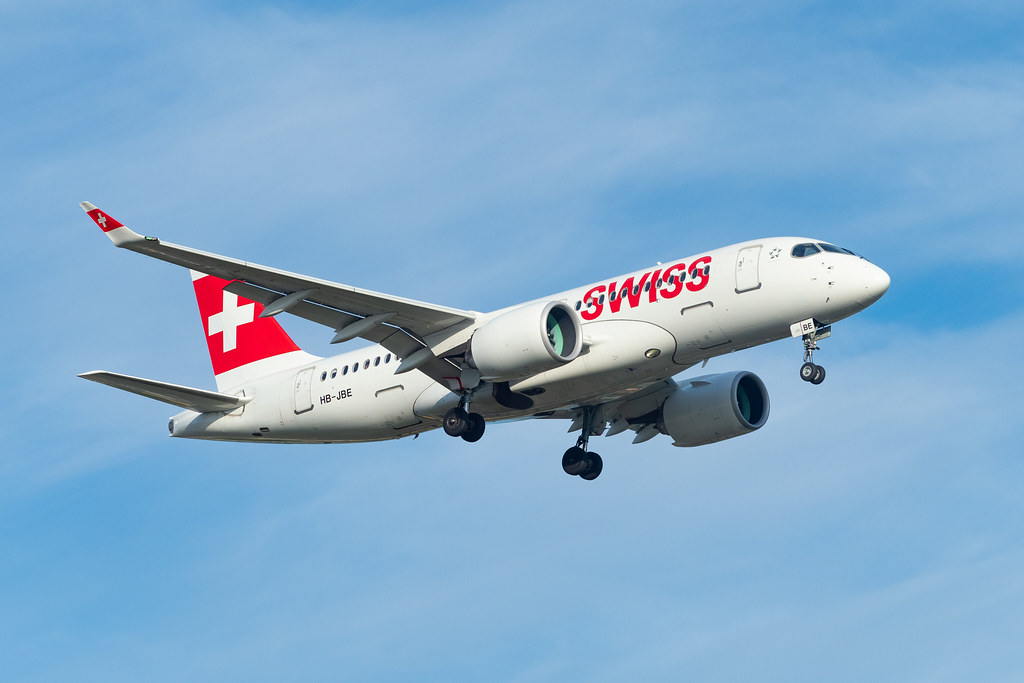 Photo: HB-JBE AIRBUS CANADA A220-100 BCS1 c/n 50014 → SWISS / SWR… | Flickr
Photo: HB-JBE AIRBUS CANADA A220-100 BCS1 c/n 50014 → SWISS / SWR… | FlickrFifth Freedom Operations
Fifth freedom routes often face regulatory and political resistance:
- Domestic Airline Pushback: Local airlines often lobby against foreign carriers gaining rights to fly domestic segments abroad, citing unfair competition.
- Subsidy Accusations: Gulf carriers, in particular, have faced allegations of government subsidies, intensifying resistance to their expansion into Western markets.
- Government Delays: Emirates struggled for years to obtain approval for its Mexico City (MEX)–Barcelona (BCN) route due to political and commercial barriers.
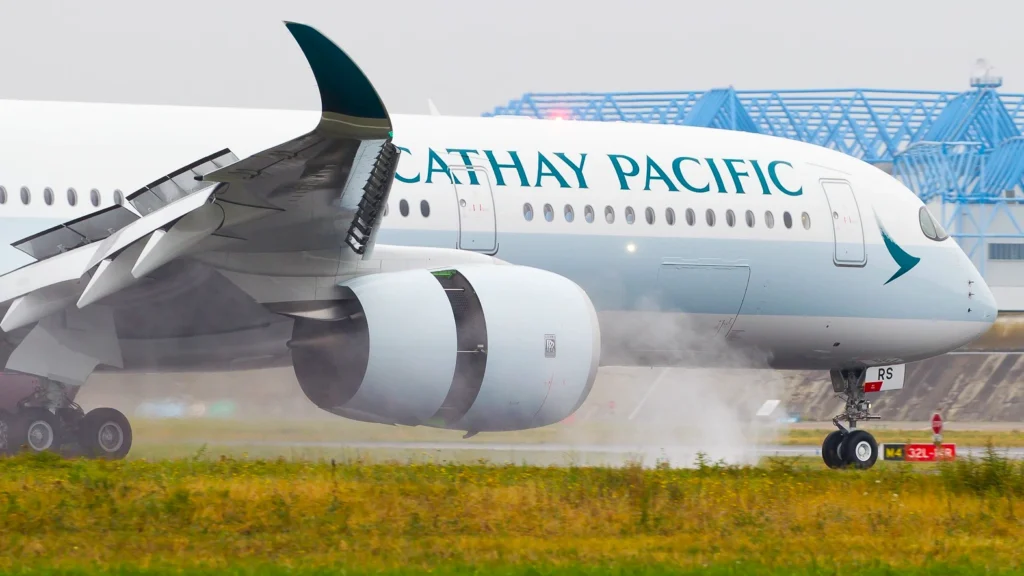 Photo: Clément Alloing
Photo: Clément AlloingAre Fifth Freedom Flights Obsolete
Fifth freedom flights are less necessary due to advances in aircraft range and direct route viability.
Earlier, carriers like Cathay Pacific (CX) operated New York (JFK)–Vancouver (YVR) as part of a longer route to Hong Kong. As nonstop services became feasible, demand for such stopovers declined.
However, modern fifth freedom flights now serve economic rather than operational goals. Airlines evaluate traffic flows and revenue potential before launching such routes. As long as bilateral agreements allow and demand exists, fifth freedom flights will remain strategically relevant.
Air Traffic Freedoms
Beyond the fifth freedom, other “freedoms of the air” include:
- First Freedom: Overflight without landing
- Second Freedom: Technical stop without passenger/cargo rights
- Third Freedom: From home country to foreign country
- Fourth Freedom: From foreign country to home country
- Sixth Freedom: Between two foreign countries via home country
- Seventh Freedom: Between two foreign countries, no home country involvement
- Eighth Freedom: Domestic leg within a foreign country as part of a connected international route
- Ninth Freedom: Full domestic service within a foreign country
Bottom Line
Fifth freedom flights allow airlines to expand globally while offering passengers new travel options and often better value.
Whether for operational reasons or market demand, these flights enhance connectivity and competition across continents.
As long as international aviation agreements support them, they’ll remain a powerful tool in global airline strategy.
Stay tuned with us. Further, follow us on social media for the latest updates.
Join us on Telegram Group for the Latest Aviation Updates. Subsequently, follow us on Google News
Emirates Deploys 777 with Premium Economy on New York-Europe Flight
The post Fifth Freedom of Flights in the World Explained and More appeared first on Aviation A2Z.

 4 miesięcy temu
4 miesięcy temu













